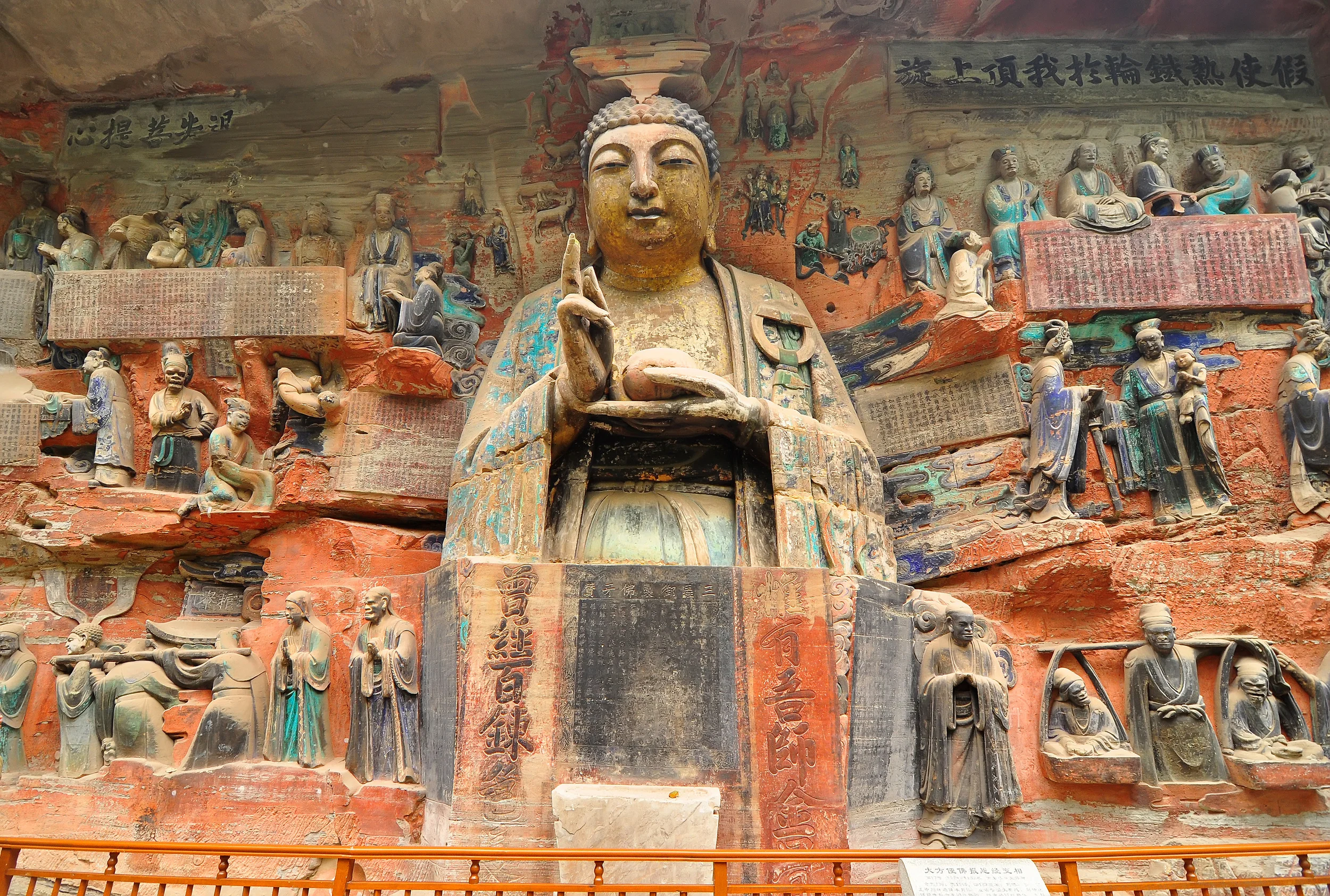the problem
Lord Ganesha, the elephant-headed remover of obstacles, holds a special place in the Hindu pantheon of gods and goddesses. With a pot-belly, multiple arms and adoring mouse for an attendant, he presides over all beginnings and so oversees endless waves of invocations each day from people across India and throughout the world. This day, Ajay, a dignified elderly devotee clambered his way across the temple steps to take his seat in front of Ganesha’s statue. As usual, he began by calling on the lord for protection and then proceeded to meditate. The rich subtropical colors and wafts of sandalwood incense provided a comforting backdrop for practice.
“Focus on his image, focus on his image,” he reminded himself. And as usual, Ajay soon was adrift in his reveries: “His tusks look like curved pencils. Did I make a list for the laundry? Ah, our visit to the zoo. What a time! The lions roared so and I spilled tea on my shirt. But the monkeys—oh my—how they played with us.” From Ganesha to monkey to endless mindscapes across the firmaments: Ajay sat in fine form but his mind did not.
Himalayan river — Care to cross?

